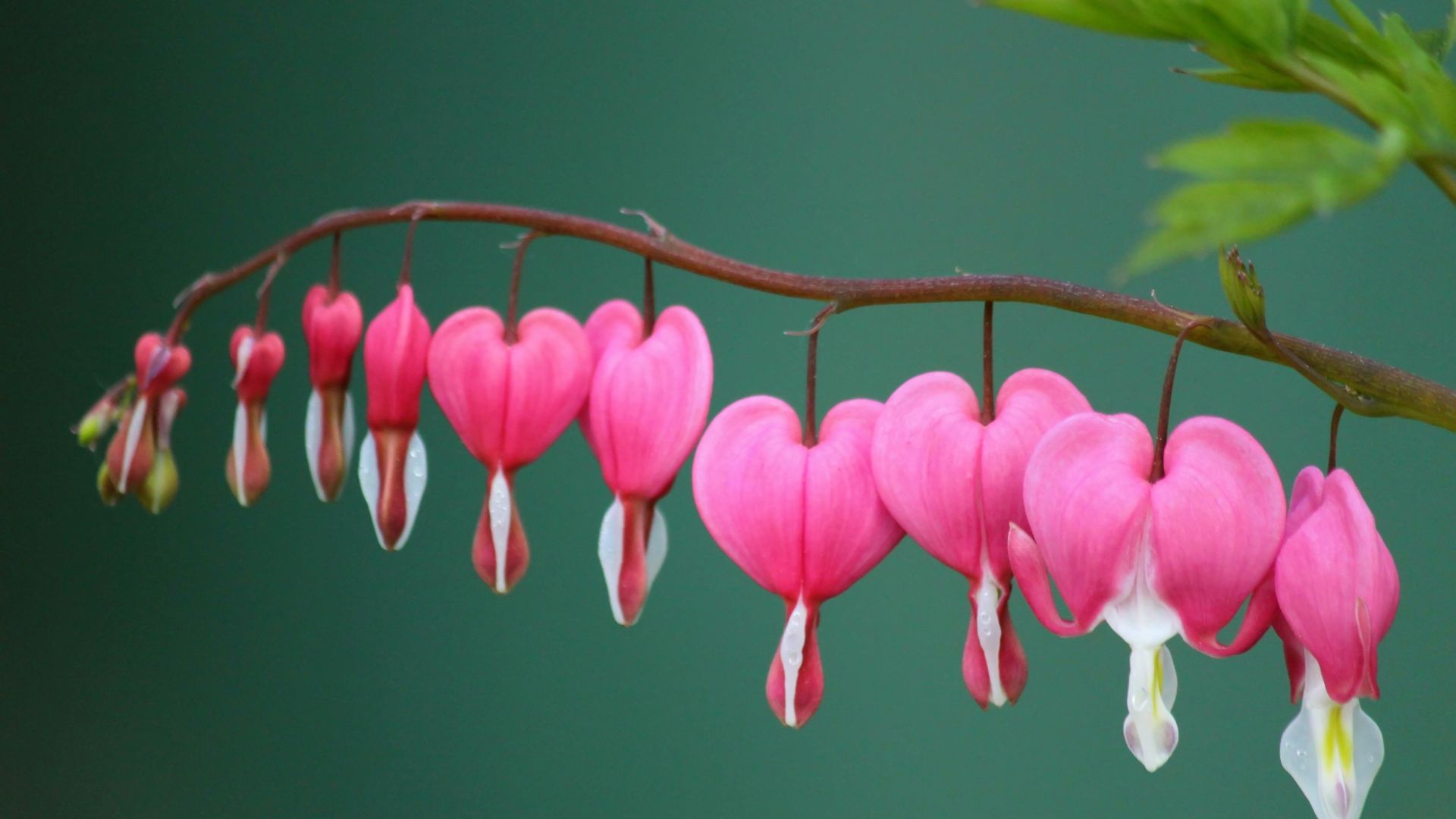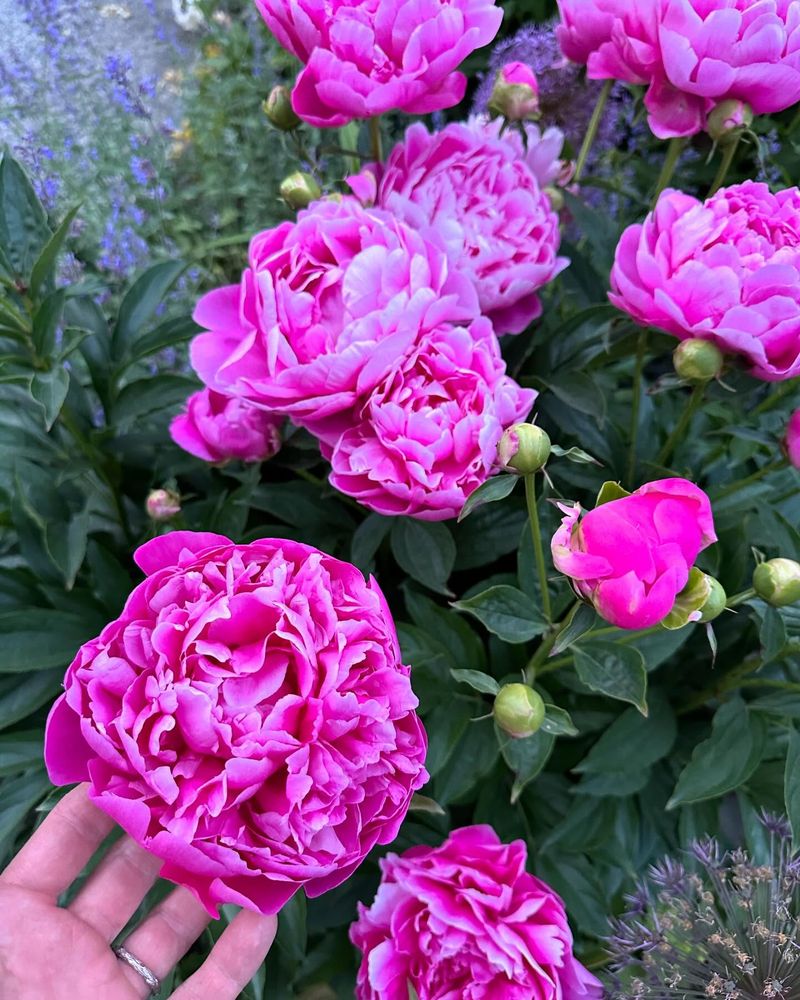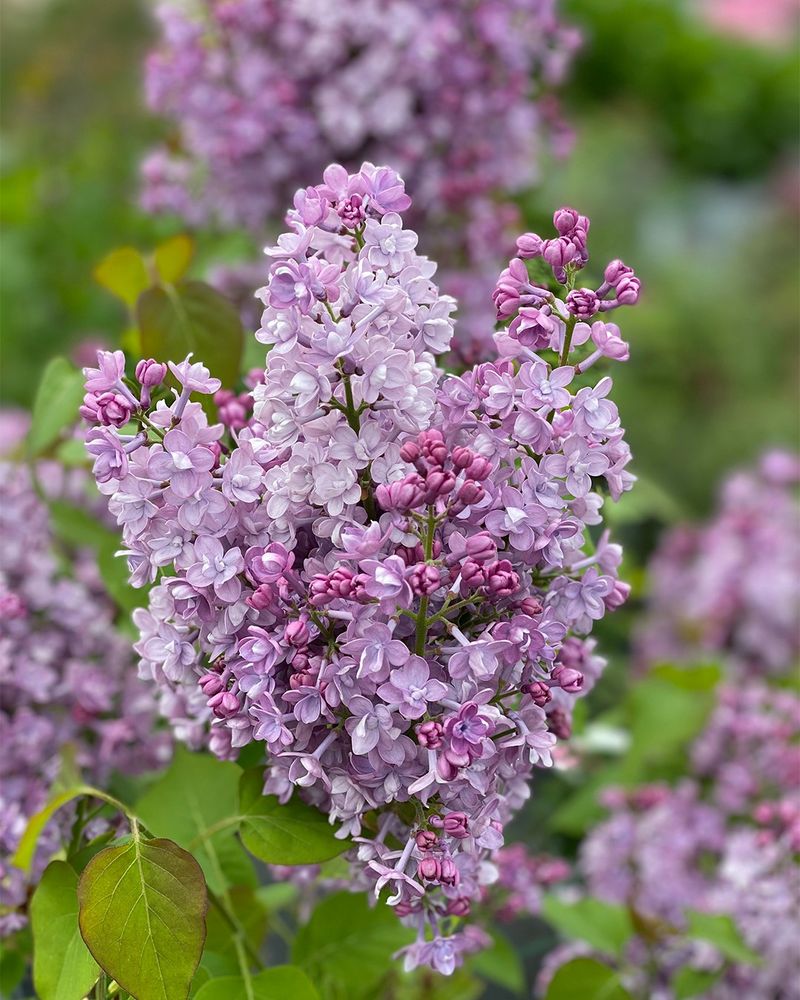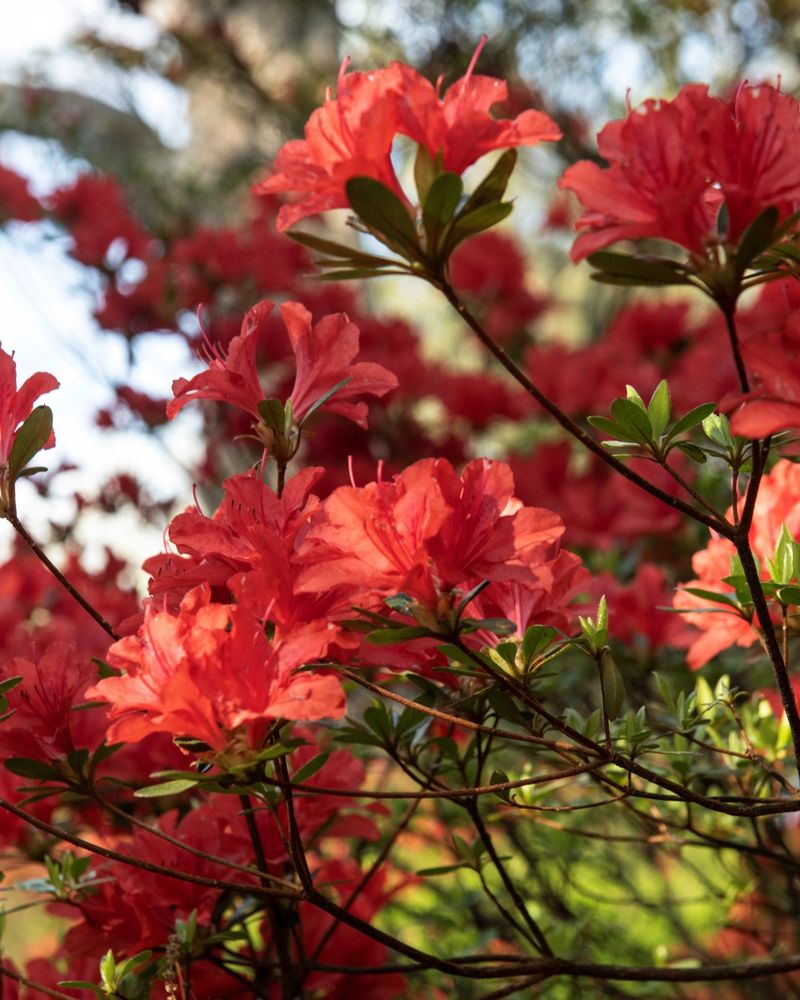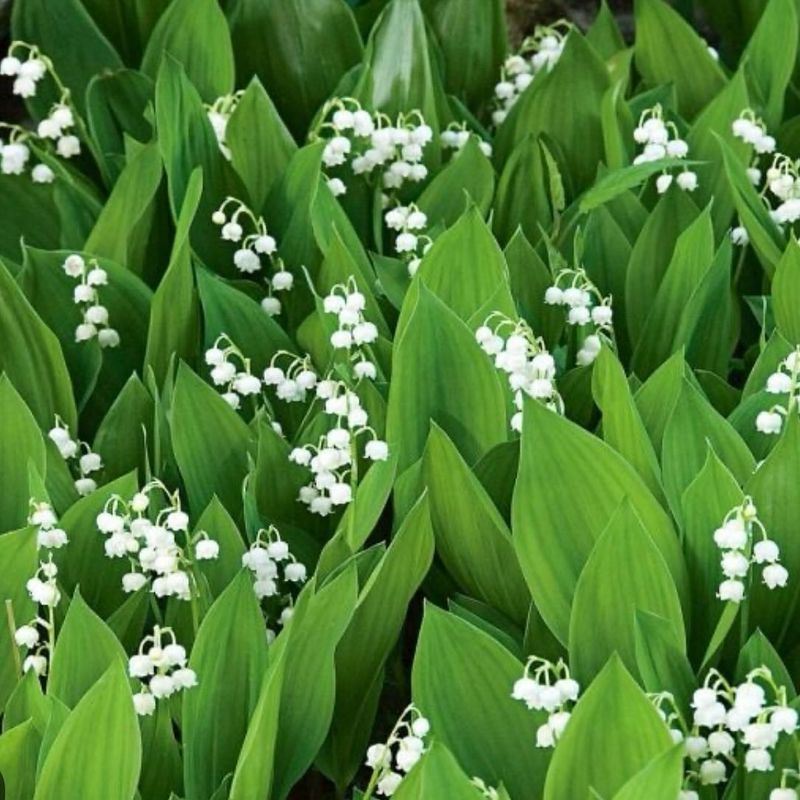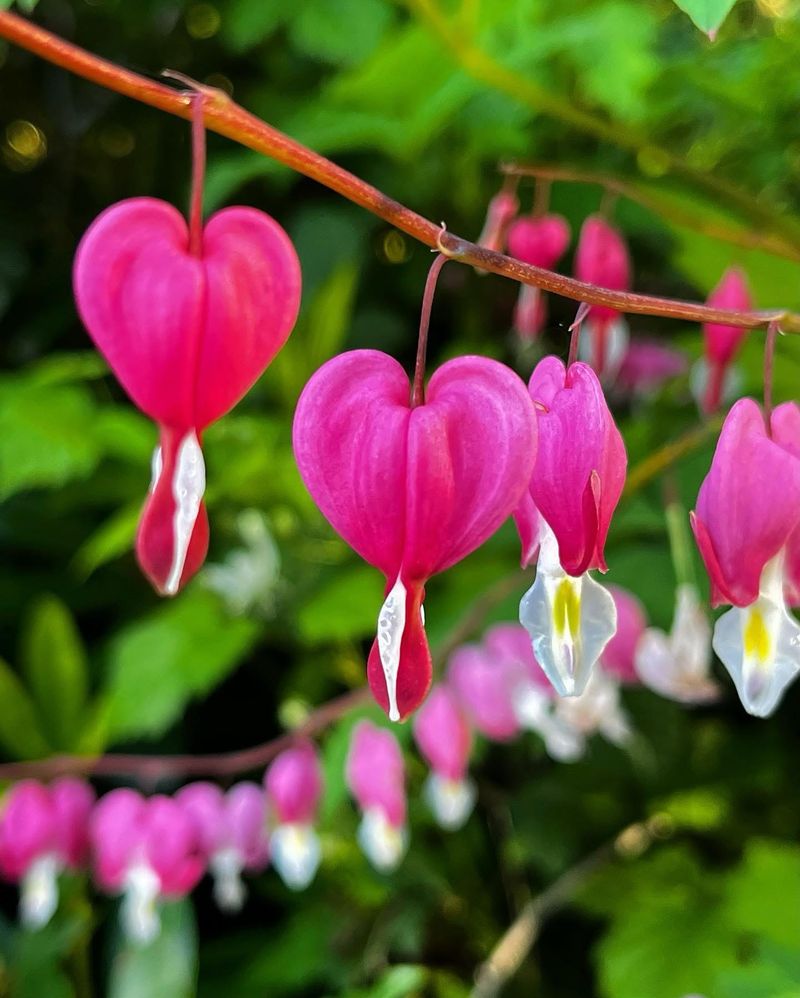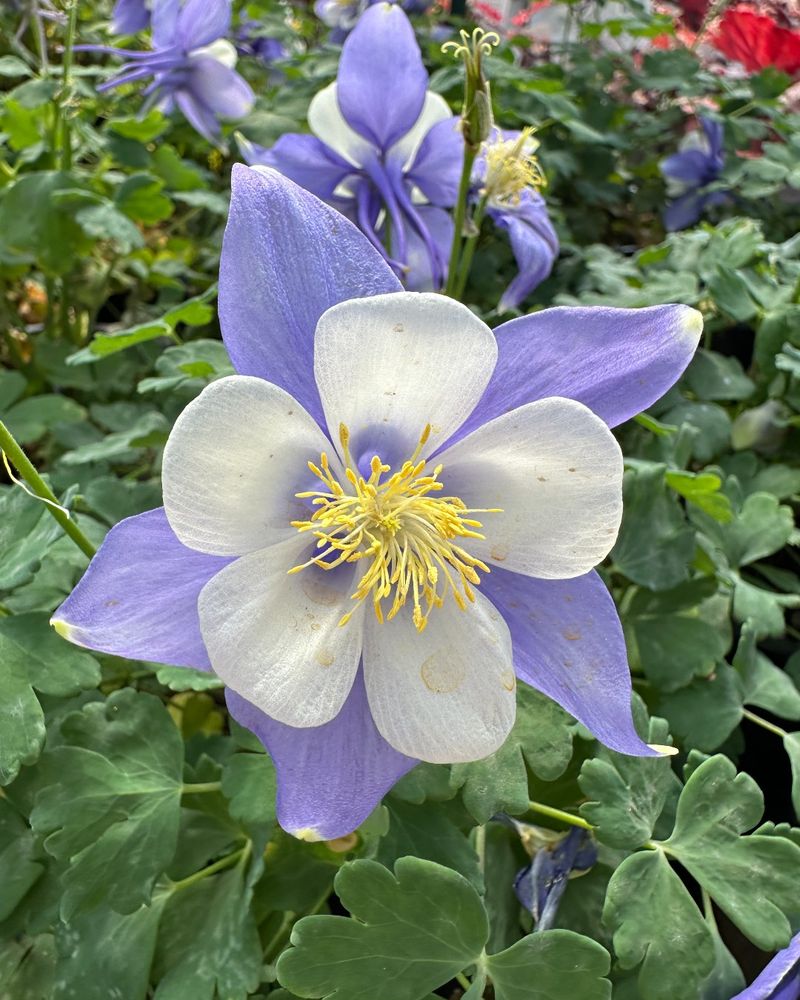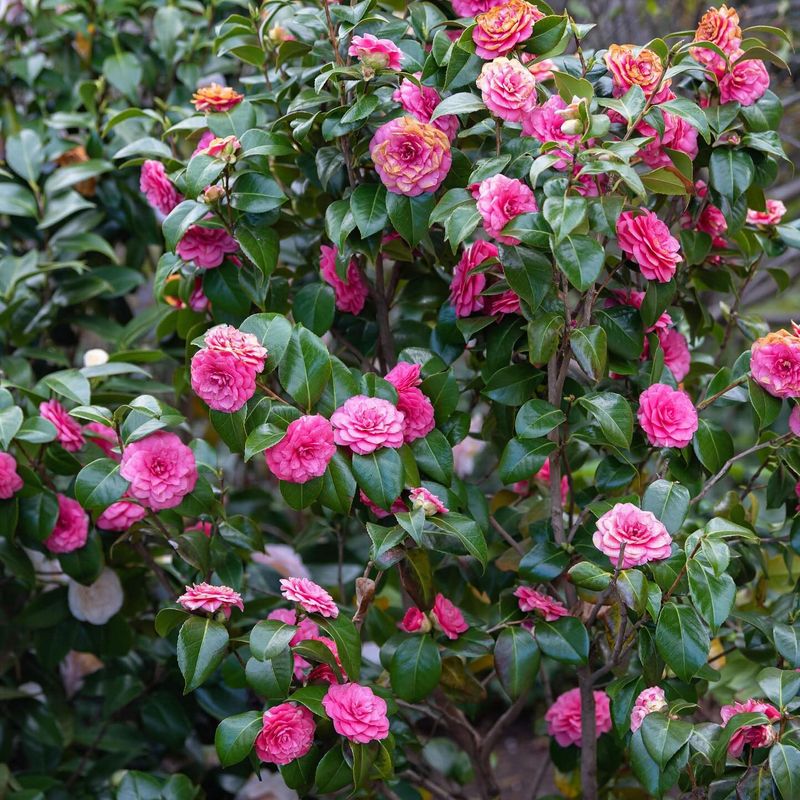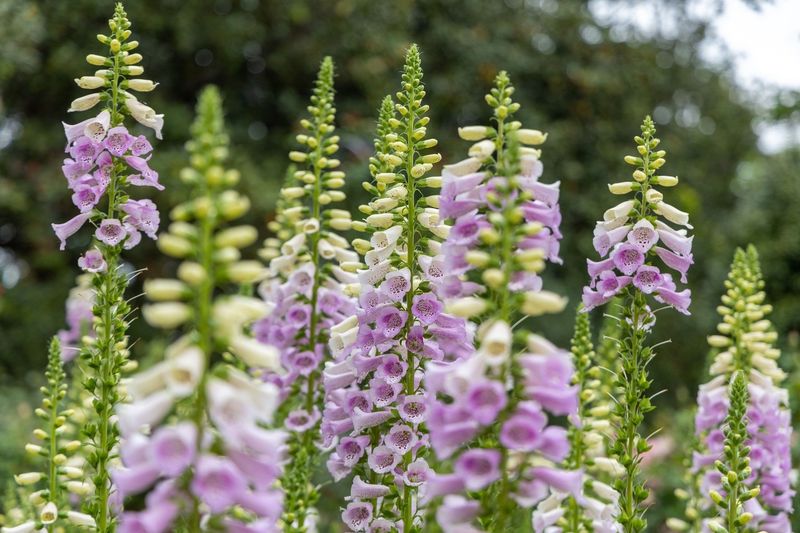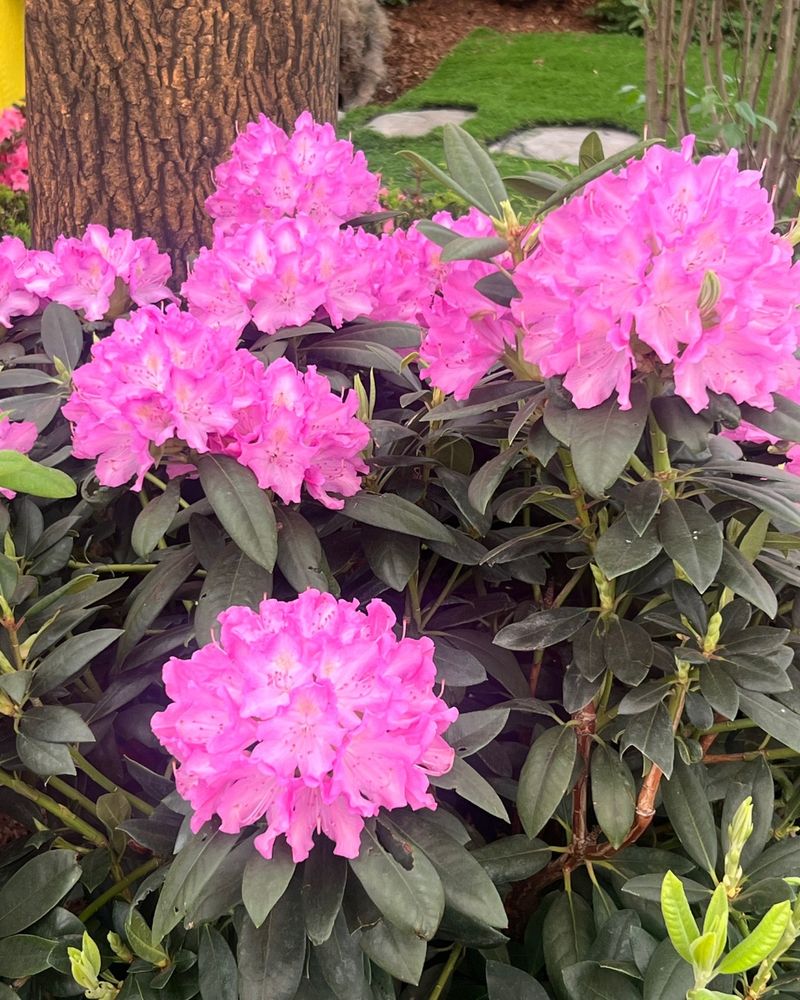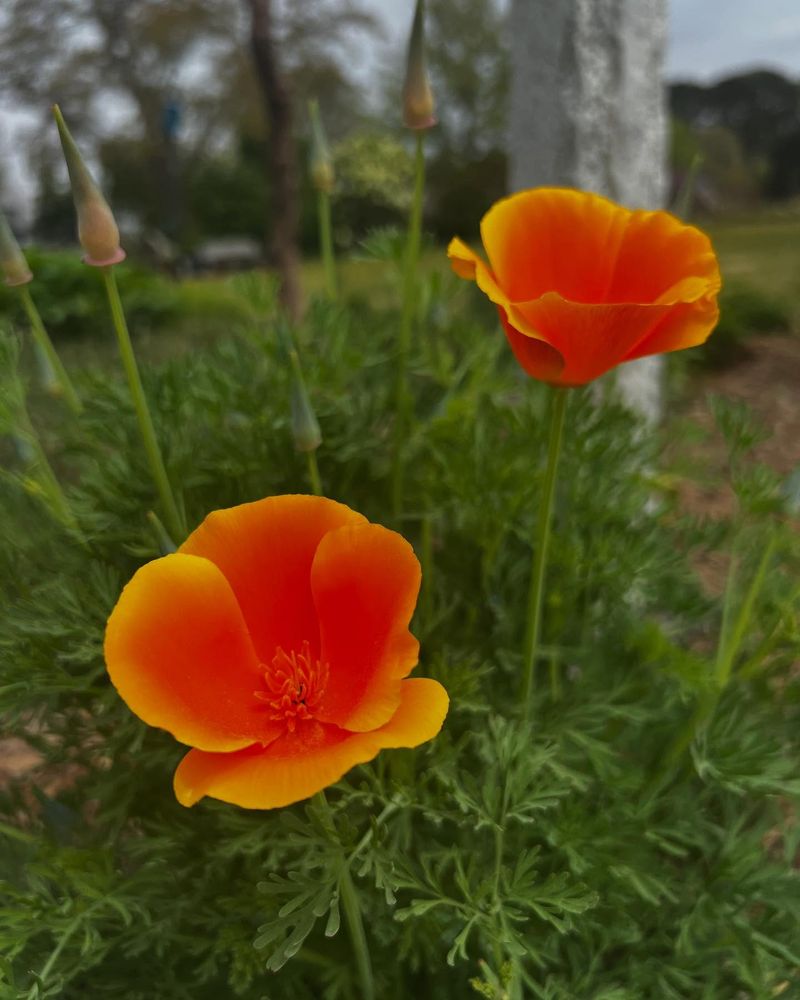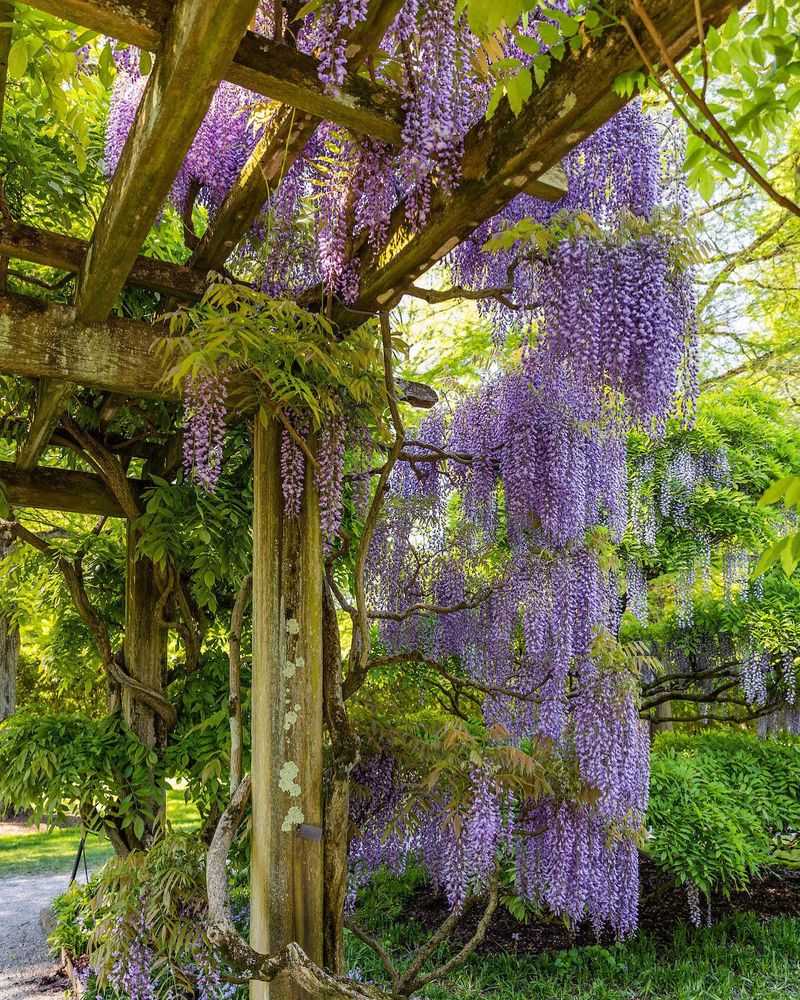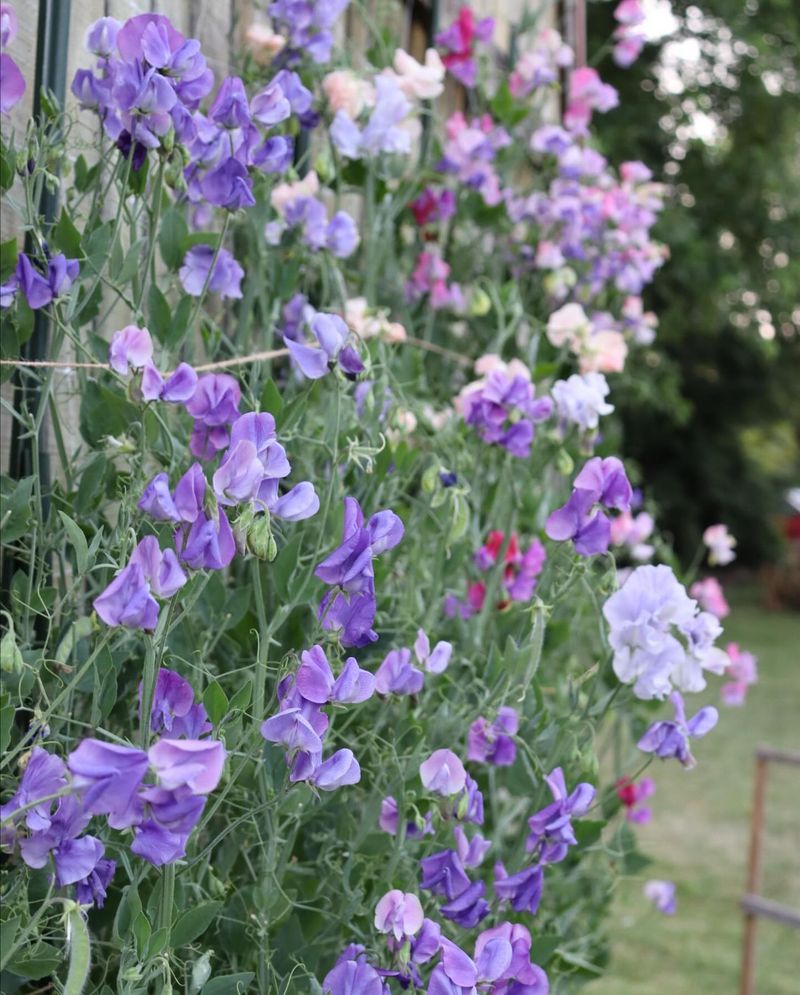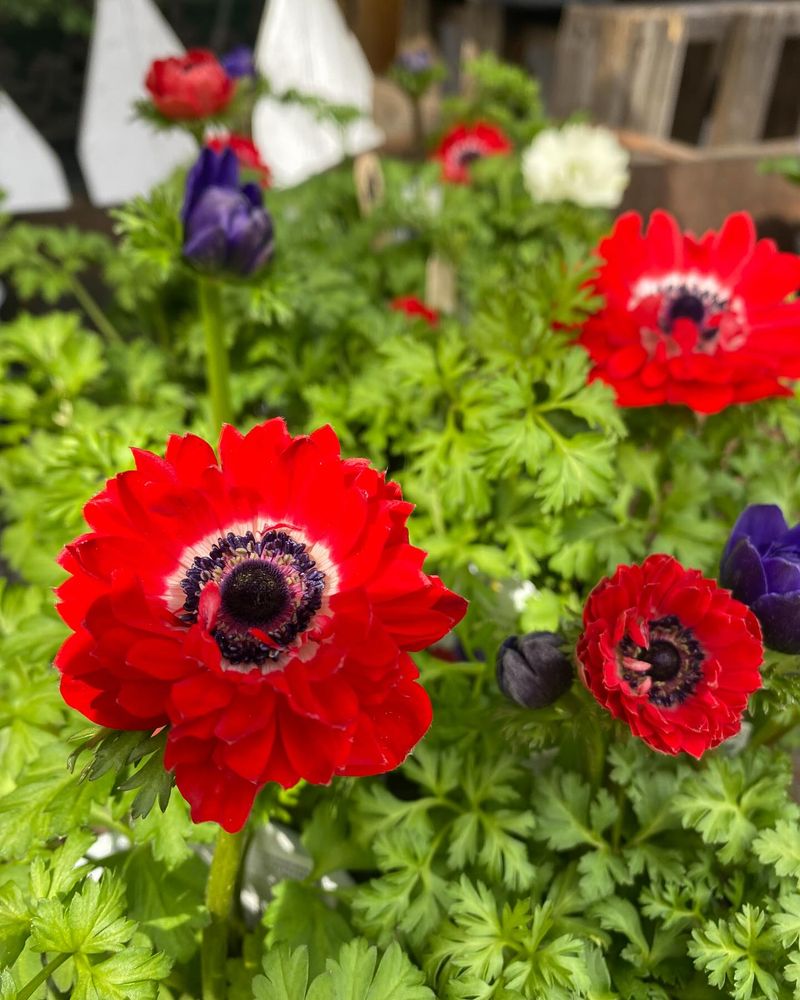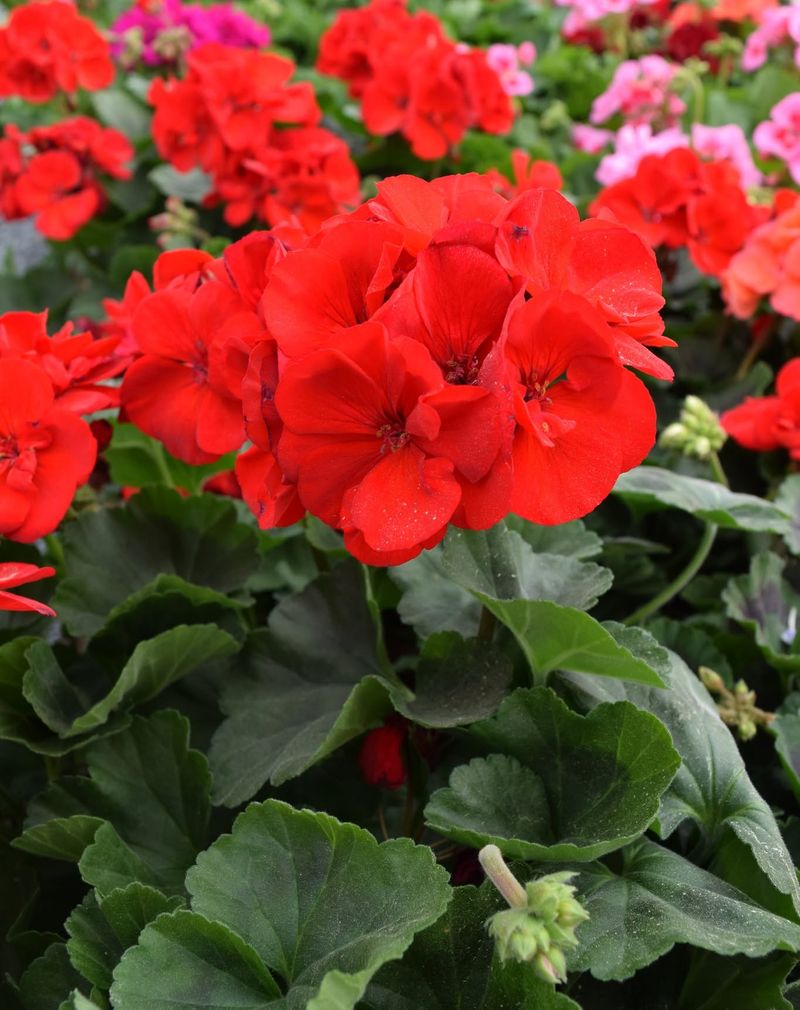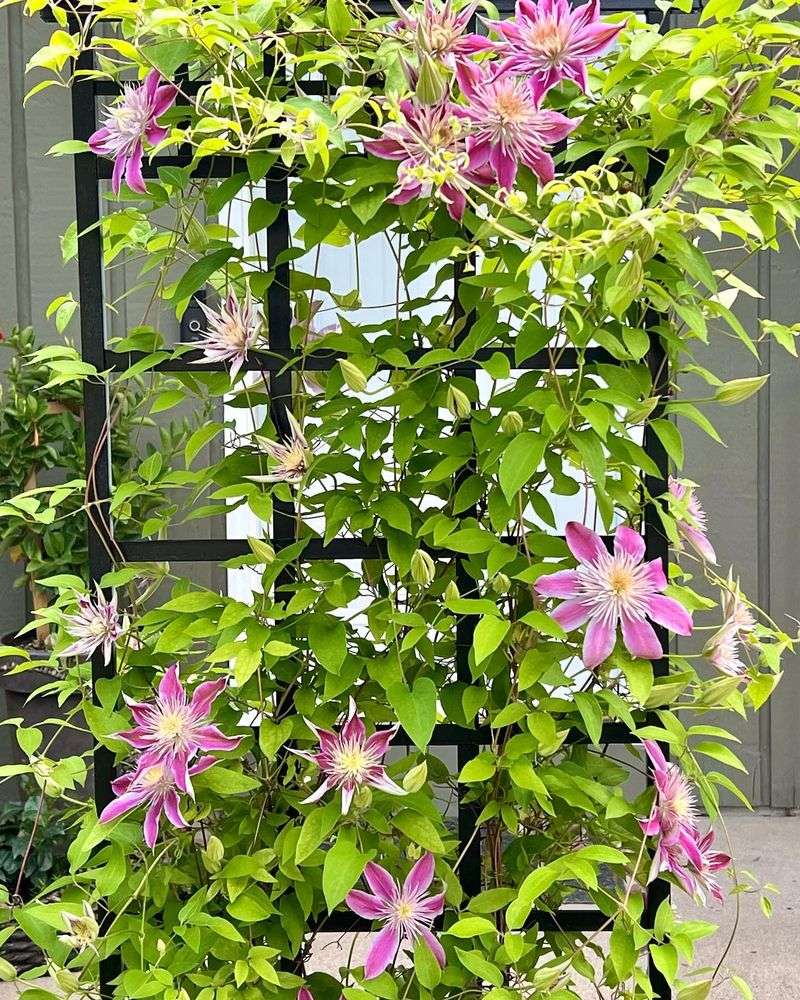May is truly one of the most rewarding times to be out in the garden. It’s the kind of month that encourages you to spend a few extra minutes outside, soaking it all in. With frost mostly behind us and the weather warming up, it’s the perfect time to experiment and enjoy the season’s real showstoppers.
Whether you’re planting new blooms or admiring the ones already showing off, there’s something deeply satisfying about watching your garden come to life in May.
To make the most of this beautiful month, I’ve gathered some flowers that really shine at this time of year. Plus, I’ll share a few simple tips to help them thrive. These blooms will bring extra joy to your spring days.
1. Peony
A gardener’s delight in May, bringing their charming blooms to the forefront. They prefer well-drained soil and a sunny spot to truly shine. Peonies are relatively easy to grow, but they do require a bit of patience.
Once established, peonies can thrive for decades, adding an elegance to any garden. Try planting them with roses for a classic garden look.
Did you know? Peonies symbolize prosperity and honor in many cultures. They are often seen in wedding bouquets and floral arrangements for their beauty and meaning. With a little care, peonies can become a standout feature in your garden each May.
2. Iris
Iris flowers offer a striking architectural presence in May gardens, with their tall stems and unique blooms. They thrive in sunny locations and prefer well-drained soil, making them suitable for a variety of garden styles.
Known for their leaves and petals, irises can bring a touch of sophistication to your garden. They often bloom in shades of purple, yellow, and blue, adding diversity to your floral palette. Consider planting irises near water features for a natural look.
Named after the Greek goddess of the rainbow, irises are said to symbolize hope and wisdom. Their ability to thrive in various climates makes them a great choice for gardeners everywhere.
3. Lilac
These are known for their intoxicating fragrance and simple beauty, often heralding the arrival of spring in May. These hardy shrubs thrive in sunny spots and well-drained soil, rewarding gardeners with clusters of tiny, fragrant flowers.
Lilacs are relatively low-maintenance, making them an excellent choice for both beginner and experienced gardeners. What’s more, lilacs attract butterflies, adding both movement and life to your outdoor space.
Thomas Jefferson and George Washington both grew lilacs at their estates, showcasing their long-standing popularity in gardens.
4. Azalea
A stunning sight in May, offering colors that can range from pinks to fiery reds. These shrubs prefer acidic soil and partial shade, allowing them to flourish under larger trees or in woodland gardens.
With their showy blooms and evergreen foliage, azaleas provide year-round interest in the garden. They are relatively easy to care for, though some attention to soil conditions can help them thrive.
Azaleas are part of the rhododendron family, and in Japan, they are celebrated during the annual Hanami festivals. Their hues and cultural significance make them a cherished choice for gardeners worldwide.
5. Lily Of The Valley
A charming addition to May gardens, known for its sweet fragrance and delicate, bell-shaped flowers. It thrives in shady, moist areas, often found under trees or along shaded pathways.
Though small, these plants have a significant impact, offering a fresh scent that can brighten any garden corner. They spread via underground rhizomes, forming a carpet of green and white.
However, while beautiful, lily of the valley is toxic if ingested, so it’s best to plant them away from pets and children. That said, their appearance and scent make them a beloved choice for many gardeners.
6. Allium
Alliums are a unique addition to May gardens, with their spherical blooms adding a touch of whimsy. These plants thrive in sunny spots with well-drained soil, making them an easy choice for gardeners.
Their tall stems and round flower heads create a striking architectural element, perfect for adding height and interest to borders. Alliums are not only beautiful but also act as natural insect repellents, helping to deter pests in the garden.
Plant allium bulbs in the fall for a spring display. They pair well with other perennials like peonies and irises, creating a harmonious blend of shapes and colors in your garden.
7. Bleeding Heart
These bring a romantic touch to May gardens with their heart-shaped flowers. They prefer shaded areas with moist, well-drained soil, where they can thrive in peace.
These plants are known for their delicate, arching stems that carry rows of pendant-like blooms. Their unique appearance makes them a conversation starter in any garden setting.
Legend has it that bleeding hearts tell a love story with each bloom, making them a poetic addition to your garden. Despite their delicate look, they are hardy and can withstand cooler temperatures typical of early spring.
8. Columbine
Columbines add a whimsical touch to May gardens with their flowers. They thrive in sunny to partially shaded areas and can adapt to various soil types, offering versatility to gardeners.
These flowers are known for their star-like shape and colors, which can attract hummingbirds and bees. Planting columbines can help support local pollinator populations.
Columbines are native to many regions and are often found in woodland areas, making them a perfect choice for naturalistic garden designs. Their ability to reseed also ensures they return year after year.
9. Camellia
Camellias are a timeless choice for May gardens, known for their glossy leaves and large, showy flowers. They prefer acidic soil and sheltered spots, thriving in partially shaded areas.
These shrubs are relatively low-maintenance, offering long-lasting blooms that can brighten garden spaces for weeks. Their evergreen foliage ensures they remain a garden staple throughout the year.
Did you know? Camellias have a rich history in tea production, as the leaves of Camellia sinensis are used to make tea. This connection adds an extra layer of intrigue to their garden presence.
10. Foxglove
These bring a touch of drama to May gardens with their tall, spire-like flowers. They thrive in well-drained soil and sunny or partially shaded areas, adding vertical interest to garden borders.
These plants are known for their tubular blooms, which attract bees and other pollinators. Their height makes them ideal for adding depth and structure to planting schemes.
All parts of the foxglove plant are toxic if ingested, so they should be planted with care. Despite this, their striking appearance and pollinator-friendly nature make them a popular choice for gardeners.
11. Rhododendron
A staple in May gardens, known for their large flower clusters. They prefer acidic soil and partially shaded areas, often thriving under the canopy of larger trees.
These shrubs offer a burst of color that can brighten garden spaces and provide a focal point. Their evergreen leaves ensure they remain visually appealing even when not in bloom.
Did you know? The word ‘rhododendron’ means ‘rose tree’ in Greek, highlighting their impressive floral displays. With proper care, rhododendrons can be a long-lasting addition to your garden landscape.
12. Poppy
Poppies add a splash of color to May gardens with their vivid flowers. They are easy to grow, preferring sunny spots and well-drained soil, making them a practical choice for gardeners.
These plants are known for their delicate, paper-like petals and colors, often attracting butterflies and bees. Poppies can be used to create eye-catching displays or naturalized in wildflower meadows.
Poppies have symbolic meanings in various cultures, often associated with remembrance and peace. Their striking appearance and ease of care make them a favorite in many gardens.
13. Wisteria
Wisteria brings a sense of elegance to May gardens with its cascading blooms. These climbers thrive in sunny spots and require sturdy support structures to grow, such as pergolas or trellises.
Known for their fragrant, hanging clusters of flowers, wisterias can create stunning displays in garden settings. They are relatively low-maintenance but require regular pruning to keep them in check.
Wisteria is often associated with romance and love, making it a popular choice for wedding venues and romantic gardens. With proper care, wisterias can become a breathtaking feature in your garden.
14. Sweet Pea
These are a fragrant favorite in May gardens, known for their climbing habit and delightful scent. They thrive in sunny locations with well-drained soil, often grown on trellises or supports.
These charming flowers come in a variety of colors, adding both beauty and fragrance to garden spaces. Sweet peas are perfect for cutting gardens, as their blooms last well in vases.
To encourage more blooms, regularly deadhead sweet peas and remove spent flowers. Their sweet scent and appearance make them a lovely addition to any garden.
15. Anemone
Anemones offer a cheerful touch to May gardens with their bright, daisy-like flowers. They are versatile plants, thriving in both sunny and partially shaded locations with well-drained soil.
These plants produce blooms that attract pollinators like bees and butterflies. They are ideal for adding pops of color to borders or mixed plantings.
Anemones are sometimes called ‘windflowers’ due to their delicate petals that flutter in the breeze. This characteristic, along with their ease of care, makes them a delightful choice for gardeners seeking low-maintenance beauty.
16. Geranium
A versatile choice for May gardens, known for their blooms and easy care. They thrive in sunny spots with well-drained soil, making them suitable for containers or garden beds.
These plants are appreciated for their long blooming period and range of colors, providing consistent interest throughout the season. Geraniums also repel pests, making them a practical addition to any garden space.
Geraniums are often used in perfumes and essential oils for their pleasant scent. Their adaptability and charming blooms make them a popular choice for gardeners worldwide.
17. Clematis
Clematis adds a touch of grace to May gardens with its large, star-shaped flowers. These climbers thrive in sunny spots with their roots in the shade, often grown on supports like trellises or fences.
Known for their variety of colors and forms, clematis can add vertical interest and beauty to garden spaces. They are relatively low-maintenance once established, requiring occasional pruning to encourage blooms.
To keep clematis healthy, water deeply during dry spells and mulch around their base. Their stunning flowers and climbing habit make clematis a treasured addition to any garden.

